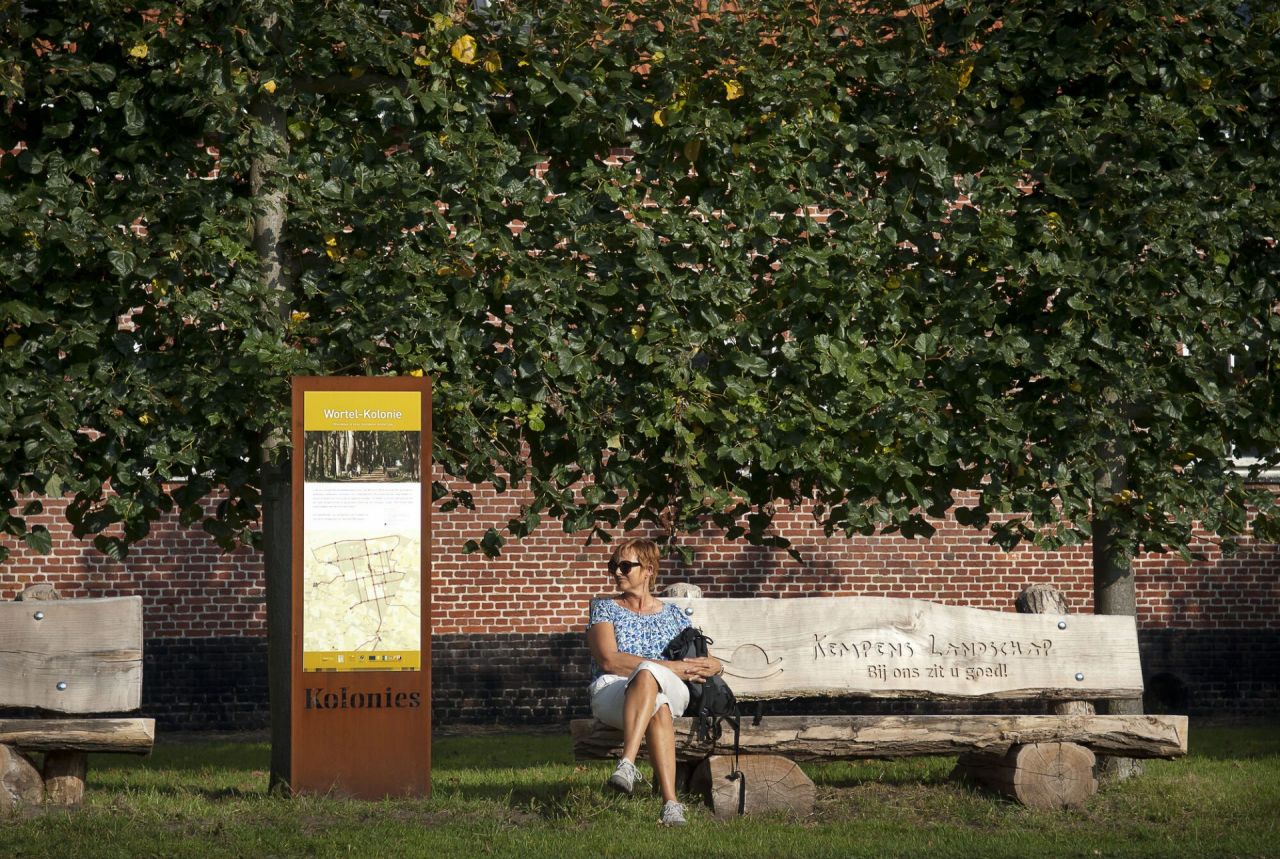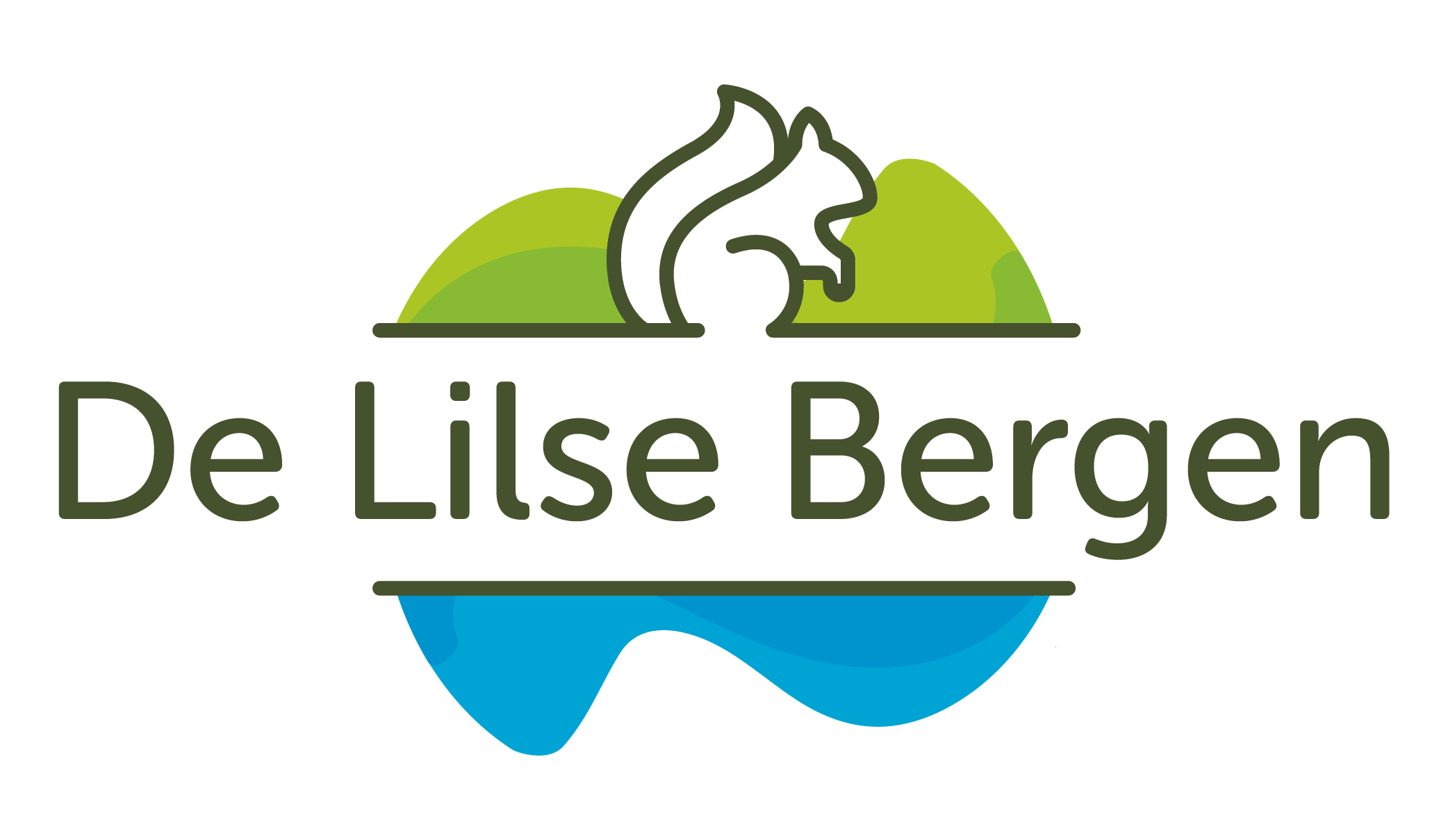Cycle to Wortel-Kolonie and Hoogstraten

First, set your compass to the north towards the Dutch border. Those unfamiliar with a "landloperskolonie" (vagrant colony) will likely be surprised when they reach Merksplas-Kolonie. Established in the 19th century by the government to house vagrants, the area was used for land reclamation work. Today, part of the site houses a prison and a closed center for the Federal Migration Service. Other buildings have been repurposed into a low-threshold visitor center, a brasserie, and even a B&B. The expansive avenue landscape surrounding the buildings is unique.
Five kilometers further, you’ll encounter Wortel-Kolonie (UNESCO World Heritage), a similar site with an avenue pattern. Until 1993, the government housed vagrants and beggars here in semi-freedom. Today, some buildings serve as a prison and a workshop for detainees. The former casino in Wortel-Kolonie now houses café Den Bayerd, perfect for a drink or snack. The attractive visitor center, De Klapekster (in the former farmhouse), also tempts visitors with a peaceful terrace.
At the northernmost point of the route, you stand at the border with the Netherlands. Multiple landmarks hint at the rich history of Hoogstraten. The restored beguinage, also a UNESCO World Heritage site, is certainly the highlight. Around 1700, this beguinage housed 160 beguines, and today, it serves as a beautiful residential project with a local history museum.
In Rijkevorsel, you pass the Stenen Bergmolen, a restored windmill with picnic benches. Further along, you can also enjoy a picnic at the De Renesse estate in Oostmalle. Culinary enthusiasts can dine at Het Koetshuis for a delightful meal.
In the small village of Salphen, the picturesque Sint-Antoniuskapel is a possible stop. Continuing through the forest reserve ’s Herenbos, the Blommerschot forest complex, and the Visbeek Valley, you’ll reach your destination.
